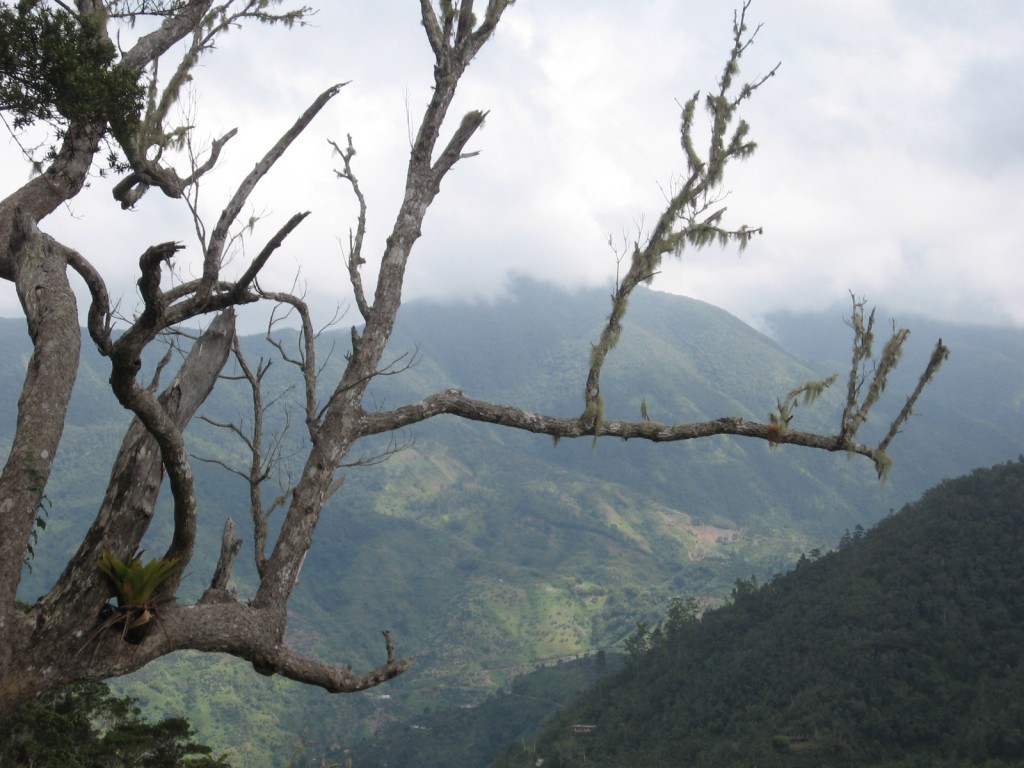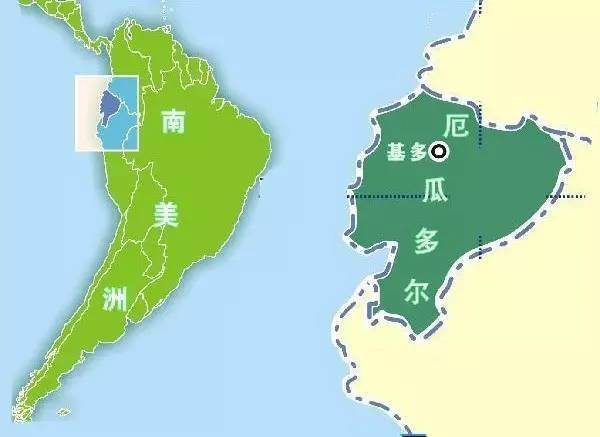Why is Blue Mountain Coffee dominated by the Japanese? Do you know the story behind the Blue Mountains in Jamaica?

For professional baristas, please follow the coffee workshop (Wechat official account cafe_style)
Have you ever had Blue Mountain Coffee?
As you may know, Blue Mountain is located in the east of Jamaica. The highest mountain in the Western Caribbean, despite its unique climate and soil conditions, is not really Blue Mountain coffee. Only coffee beans growing above 1700 meters above sea level will be certified as "Jamaican Blue Mountain Coffee" by the Jamaican government, while those below this line can only be called "Jamaican Alpine Coffee" at most.
Blue_Mountains,_Jamaica
Jamaica Blue Mountains
Although the annual output of top blue mountain coffee beans is about 2,000 tons, this kind of beans that are "shining with gold" are still quite rare on the market. Because in 1969, Jamaica was hit hard by a hurricane. At that time, Japan's UCC Uashima Coffee introduced eco-technology into coffee cultivation to help revive the Jamaican coffee industry. As a token of gratitude, the Jamaican government signed a contract with Japan in 1971, agreeing to ship 90% of its annual output to Japan. Most of the remaining 10% go into the pockets of the rich or royalty before entering the market.
Just because the amount of Blue Mountain coffee in circulation is so rare, the Blue Mountain coffee that we can usually buy in convenience stores or coffee shops can only be regarded as Blue Mountain "flavor" coffee. Usually, in order to imitate the slightly bitter and sour taste of Blue Mountain Coffee, the industry will use different varieties of coffee beans to mix. Conscientious shopkeepers use Jamaican alpine coffee mixed with Hawaiian Kona coffee or Colombian coffee, while more black-hearted ones mix Brazilian, Guadeloupe or other cheap coffee. But even so, sales of these coffees from other countries have been boosted by "imitating" Blue Mountain Coffee. As for pure Blue Mountain coffee, although only a few shops in China sell it, if you want to taste a cup, I am afraid it will cost a lot of money.
In fact, "Blue Mountain Coffee does not contain Blue Mountain Coffee beans" is something that many coffee fans know, just like "there is no truffle in truffle chocolate" and "there is no sun in sun cake". And "there is no money in your wallet" may be the main reason why you have never tasted Blue Mountain Coffee.
Identify the true and false Blue Mountains
1 shape: the raw beans of Blue Mountain Coffee are cyan, neat in appearance, medium in size and slightly warped at both ends. After baking, the volume increases a lot, very full.
2 grinding beans: the real blue mountain coffee beans grow at high altitude, its cytoplasmic structure is relatively loose, it feels very crisp, cool and continuous when grinding by hand, and there is no feeling of resistance.
3 aroma: the aroma is very rich and dense; the so-called blended Blue Mountain Coffee does not have this aroma.
4 Taste: the real Blue Mountain Coffee has a balanced and full-bodied taste, without any feeling of prominence or lack of taste, which is unmatched by any other coffee beans, and the most critical identification point. The aroma of blue mountain peas is more subtle and the taste is relatively stronger.
5 feeling: blue Mountain Coffee, as the best coffee in the world, has classic balanced characteristics, and it is inevitable to have some subconscious and indescribable satisfaction when tasting it.
Important Notice :
前街咖啡 FrontStreet Coffee has moved to new addredd:
FrontStreet Coffee Address: 315,Donghua East Road,GuangZhou
Tel:020 38364473
- Prev

What is the quality of Ecuadorian coffee beans?
The Arabian Coffee Tree was first introduced to Ecuador (Ecuador) in 1952 and its coffee is of good quality, especially the coffee harvested in early June. Ecuadorian coffee beans can be divided into two varieties: Galapagos and Gigante, both of which have the characteristics of large granules and heavy weight. Ecuadorian coffee can be divided into first class (No.1) and excellent (ExtraSuperior) according to its quality.
- Next

Which tastes better, Jamaica Blue Mountain Coffee or Panamanian Rosa?
Professional barista communication Please follow the coffee workshop (Wechat official account cafe_style) people are always looking for the best things, looking for the best wine, the most charming cigars or the noblest champagne, etc., and coffee is the same, it is happy to drink good coffee, so people also start to pursue better coffee, from the old Jamaica Blue Mountains or
Related
- Detailed explanation of Jadeite planting Land in Panamanian Jadeite Manor introduction to the grading system of Jadeite competitive bidding, Red bid, Green bid and Rose Summer
- Story of Coffee planting in Brenka region of Costa Rica Stonehenge Manor anaerobic heavy honey treatment of flavor mouth
- What's on the barrel of Blue Mountain Coffee beans?
- Can American coffee also pull flowers? How to use hot American style to pull out a good-looking pattern?
- Can you make a cold extract with coffee beans? What is the right proportion for cold-extracted coffee formula?
- Indonesian PWN Gold Mandrine Coffee Origin Features Flavor How to Chong? Mandolin coffee is American.
- A brief introduction to the flavor characteristics of Brazilian yellow bourbon coffee beans
- What is the effect of different water quality on the flavor of cold-extracted coffee? What kind of water is best for brewing coffee?
- Why do you think of Rose Summer whenever you mention Panamanian coffee?
- Introduction to the characteristics of authentic blue mountain coffee bean producing areas? What is the CIB Coffee Authority in Jamaica?

